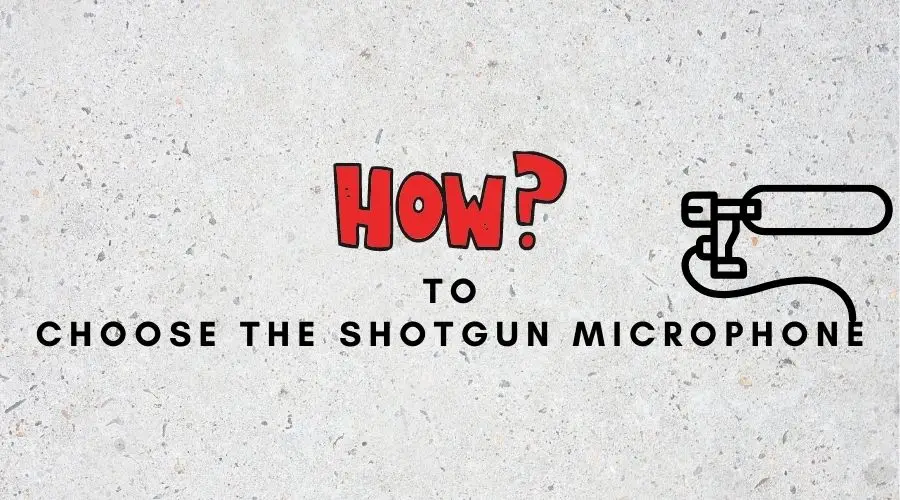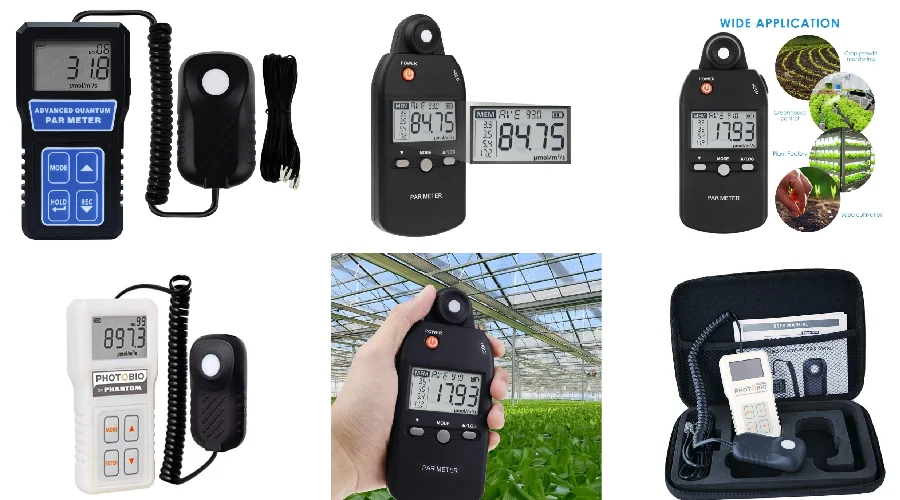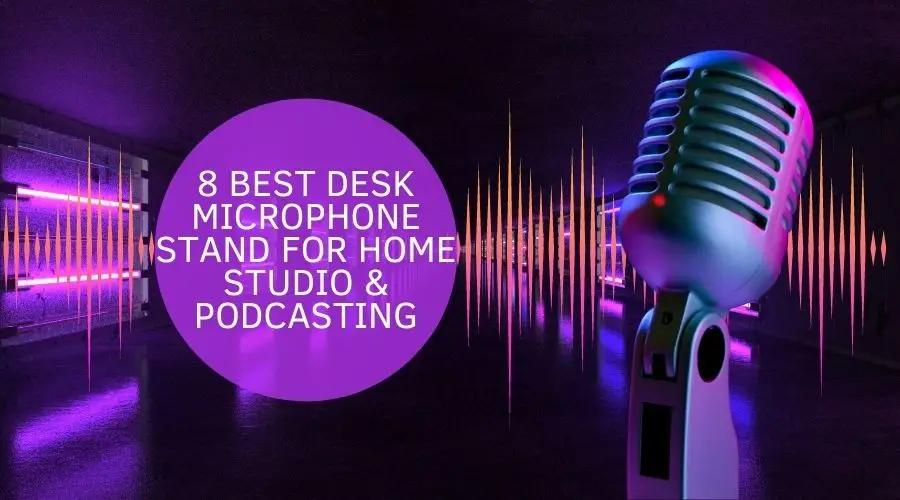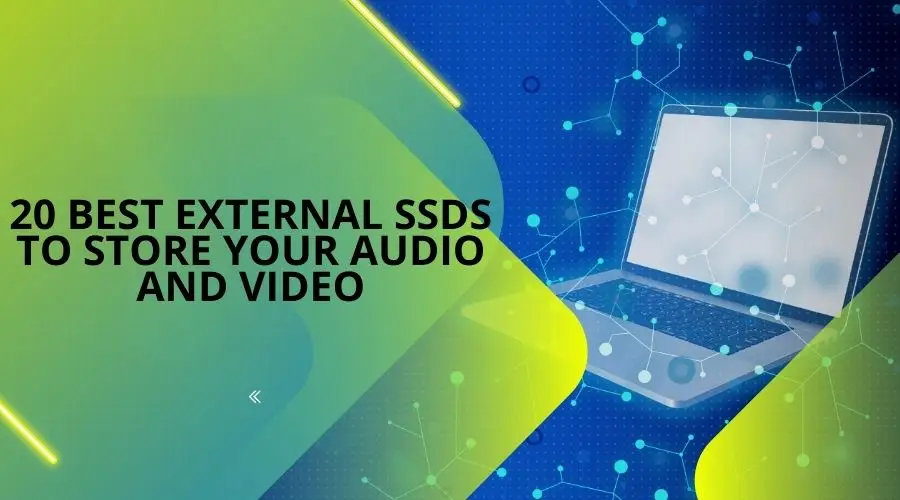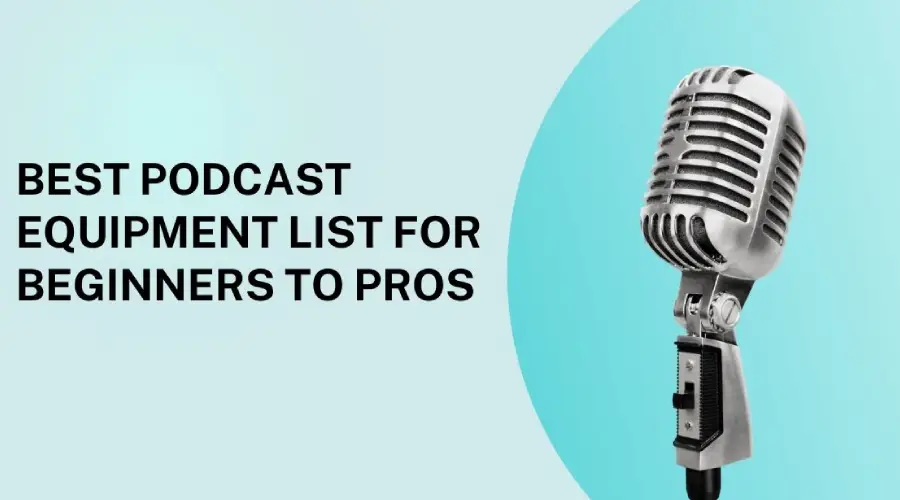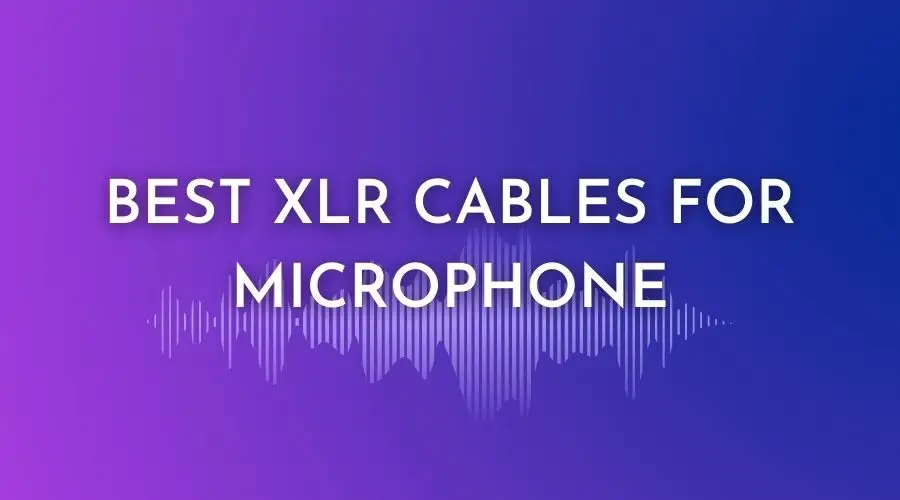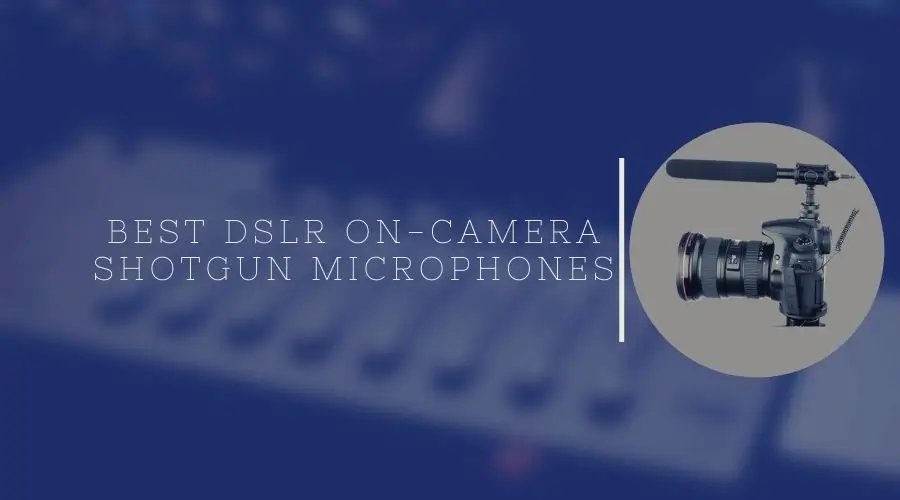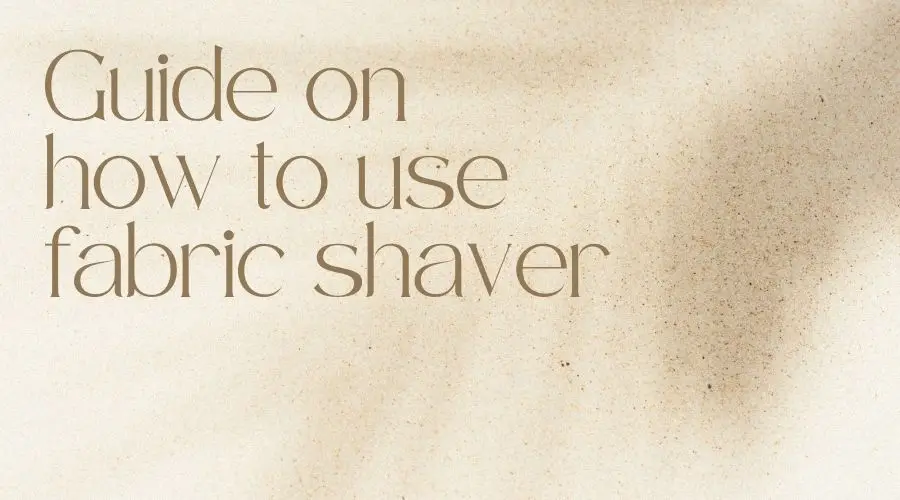A shotgun microphone has a distinctive appearance. Its face mounted like shotgun barrel. When it is facing the subject or the source of sound, it performs best.
Shogun microphones are best to capture distant sounds. It captures low-frequency sounds as well. That’s why shotgun microphones tend to be sensitive. Whether you work on music, video, or mere audio, you’ve got to choose the right shotgun microphone at some point.
However, It is not only for capturing the sounds but also the clear, premium, and polished sounds from the different sources. As many varieties of shotgun microphones are on the market, it is not easy to pick one ASAP.
This article will guide you through the core information to help you pick the right shotgun microphone for you. So, without further adieu, let’s jump to the next section.
Microphone with Shotgun
The most important factor is the environment where you’ll use the microphone. If you use it in an outdoor environment with a lot of wind, then a microphone with a windscreen is necessary.
If the microphone is used indoors or in a quiet environment, a microphone without a windscreen may be sufficient.
Next, there is the pickup pattern of the microphone. Using the shotgun mic, you pick up sound from only one direction. A shotgun microphone is best for capturing sound from a single source, like someone speaking at a podium or a person who is on camera.
There are also omnidirectional microphones that pick up all sounds equally. These are ideal for recording an entire room or ambient sounds.
Once you’re done here, it’s time to check the features.
Features of Microphones
Some features to look for when purchasing a DSLR on-camera shotgun microphone: It includes, frequency response, directionality, and noise reduction. So, if you get them right, you’re good to go.
Frequency: It indicates the frequency range from low to high that the microphone will pick up. Usually, 80 Hz to 15 kHz is the standard response for a microphone.
Directionality: It is the sensibility of the microphone to pick up the sound from the sources. They are also known as polar patterns.
Noise reduction: The microphone filter cuts out the puff noises that come right out of the vocal positions.
Choose the Right Microphone Pickup
You’re here to pick the right microphone for your DSLR camera. Your focus is to shoot a video with clear and crisp sounds. But choosing a bad mic could ruin all your efforts. No mic is bad, though. All you have to do is pick the right one according to your needs.
Your sound delivery depends on your microphone’s pickup. Without further adieu, let’s get to the point.
There are six main types of microphone pickup. Each one is suitable for a particular use. Check them out below and find your ideal match.
- Omnidirectional (interviews, moving subjects)
- Cardioid (documentary recording, weddings, events)
- Hypercardioid (on-camera mics, documentary recording, and instrument recording)
- Supercardioid (reality television, scripted content)
- Lobar (narrative film, controlled sets)
- Bidirectional (podcasts, radio interviews)
The Best Shotgun Microphone Pickup
Two types of shotgun microphone pickups are most commonly used. They are directional and non-directional.
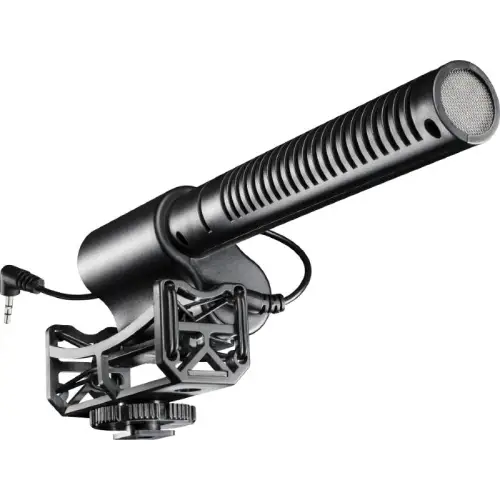
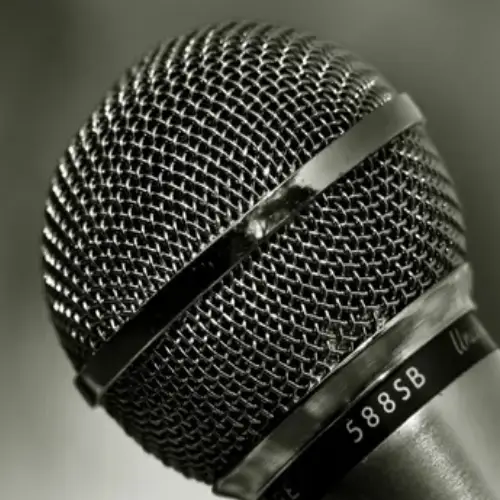
Directional shotgun microphones are designed to pick up sound from in front of the microphone. Also, reject sound from the sides and rear.
Omnidirectional these shotgun microphones pick up sound equally from all directions.
However, mic classification differs.
Generally, shotgun microphones are suitable for recording. They work best if they are positioned correctly. Unlike traditional microphones, a shotgun mic is aimed at an angle relative to the sound source so that the sounds reach it more evenly.
That’s why it captures a wide frequency without dealing with acoustic feedback or distortion.
On the other hand, omnidirectional microphones can be used in any orientation and work equally well with close-up and distant sounds. They’re typically used for recording live audio or capturing ambient noise.
Directional vs. Omnidirectional: 6 Important Differences
There are six important facts about directional and omnidirectional microphones. Considering these facts would help you choose the right one for you. To know the difference, read the information below.
Leakage
A multi-mic setup may not be ideal for omnidirectional microphones. For sound leakage issues, unidirectional mics are ideal in these situations. There’s no bass buildup and less vibration with an omnidirectional mic. You can wear omnidirectional microphones either way.
Separation
An omnidirectional microphone takes sound from all angles, which means less precise channel separation. So, if you want to separate the channels, omnidirectional microphones may not give you the right mix of indirect and direct sound.
Low-frequency response
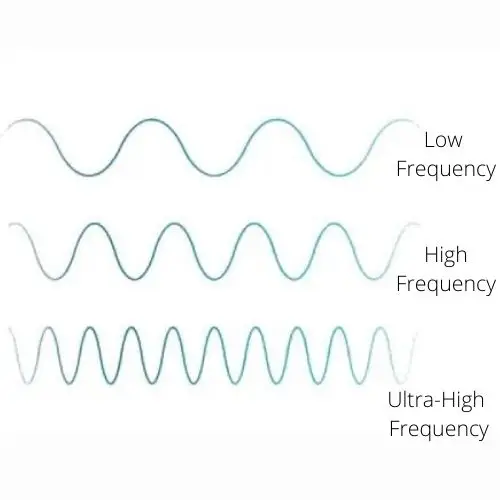
It has a wider low-frequency response range than a directional microphone, over 30 cm, and less distortion than a directional microphone.
Proximity effect
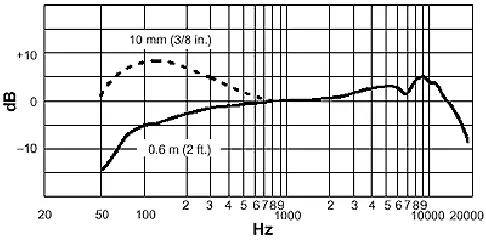
It is the main omnidirectional vs. cardioid difference. Professional omnidirectional microphones don’t have this effect, but directional mics alter the frequency response to emphasize lower frequencies. That’s why omnidirectional microphones are not suitable for live sessions.
The wind and a popsicle

Direct microphones pick upwind, and pop sounds better than omnidirectional microphones because their diaphragms are flexible.
Distortion

Directional microphones are more distorted than omnidirectional. The sound pressure level is important for working with a microphone, especially in a loud scene.
Connectivity options for microphones
It is critical to understand your microphone’s connectivity options. Depending on your work preference, you must know the connectivity type of your microphones.
There are five different types of connection options available for the microphone. However, for on-camera shotgun microphones as well.
USB

It is a common kind of connectivity. The user can connect the device to almost any portable device through this connectivity.
XLR
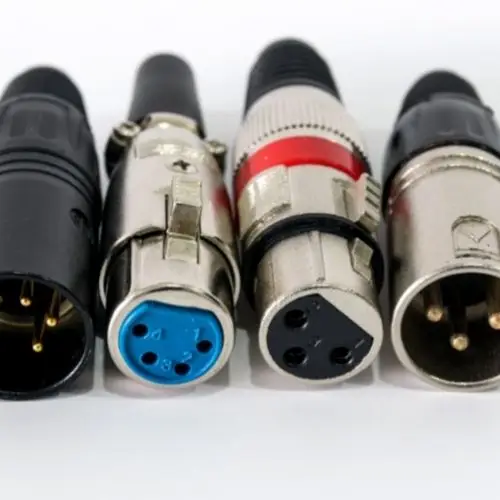
XLR stands for “External Line Return.” It is an electrical connector. This connector is used by professional audio and video equipment, stage lighting equipment, and video cameras, among other things.
1/4 Inch
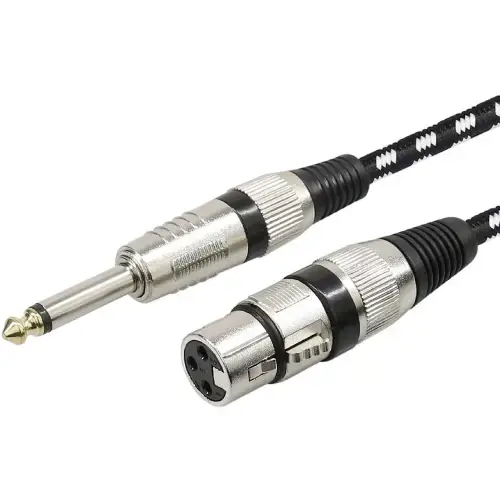
They are normally used for studio headphones. 1/4-inch jacks are used to connect sound channel mixers.
3.5 mm.
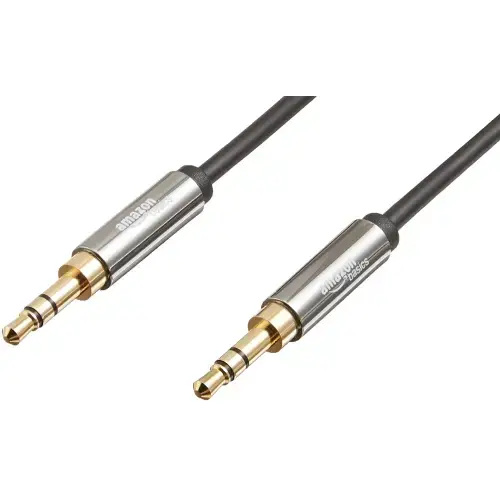
3.5mm microphones connect directly to most DSLR cameras. Some cameras require a “powered” version.
Wireless
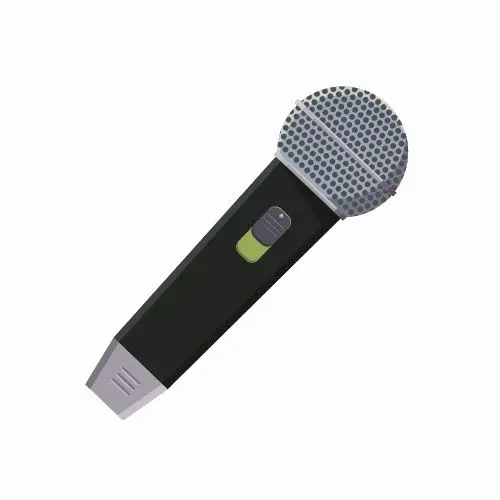
Usually, wireless microphones don’t require any external equipment to connect. It gets connected to the device via digital receivers
Which microphone should I use?
Before buying a microphone, you must know your purpose for using it. You don’t want to buy a singing microphone for your interview project. Read the next section to learn more.
Vlogging
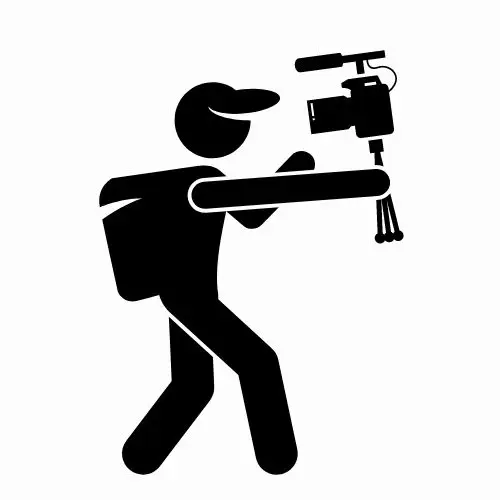
If you’re into vlogging, then a built-in mic would be enough. The mounted shotgun microphone would be great if you’re working on a DSLR.
YouTube

It depends on what type of video you make. But in general, most of the users recommend a mounted shotgun mic. However, our experts suggest using unidirectional microphones for better results.
Interview

Usually, in interviews, the sound is focused on two people. In that case, bidirectional microphones are ideal.
Streaming

People tend to stream a lot these days. They stream on platforms like Youtube, Twitch, Discord, etc. For this, a cardioid condenser mic is perfect. It concentrates only on the filtered sound.
Music

A condenser mic is the best when performing live, even in a band or solo. However, musicians need high-quality sounds. And no other mic does it better than this.
ASMR
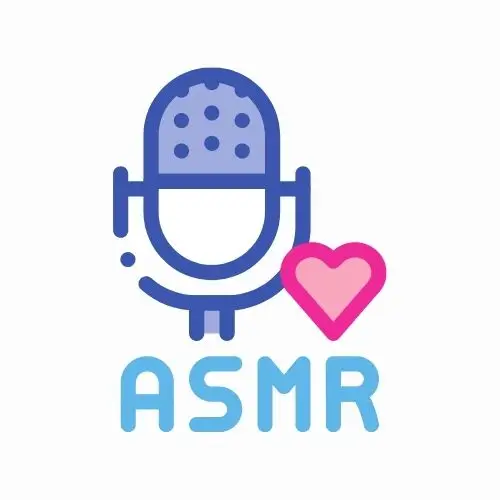
ASMR is the hype. It works for some people, like therapy. Additionally, it is beneficial for other health issues as well. It captures the detailed sounds of the maker.
Even the tiny details of the sound capture and create an atmosphere for the listener. The creator must be certain of these facts and choose the mic carefully. However, condenser mics are best for ASMR. They are mostly between $100 and $200.
Singing
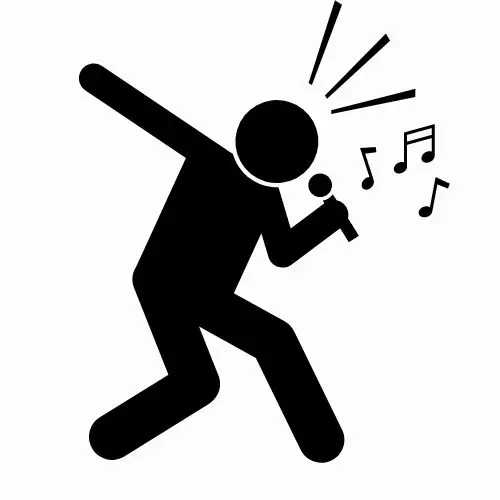
With a cardioid microphone, anyone could sing. And it would be best if you had nothing special for that. Best wishes!
Presentation
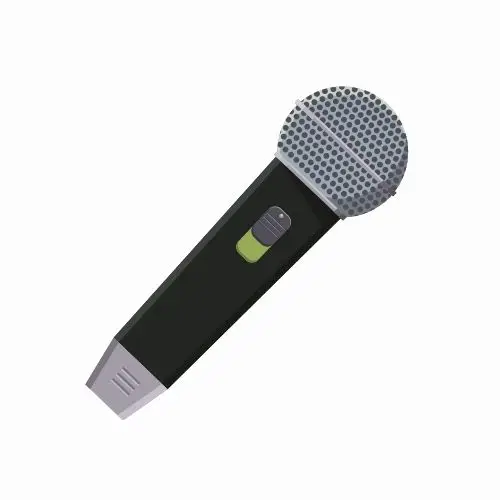
Okay, go wireless if you’re getting warmed up for a presentation because presenters don’t know when to stand still. They continue to move from one end of the stage to the other.
Home Studio
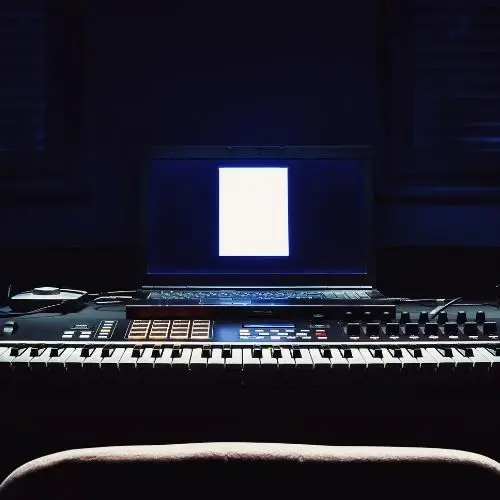
Last but not least, the modern era has given us home music producers. They eventually get the vibe from any corner of the world. To get to the point, if you have a soundproof room, which is obvious, then USB mics are great.
With an interface connected, these mics will rock your projects. Grab your best USB shotgun microphone and rock the world.
To conclude, we hope the information above will help you make the right purchase for your shotgun microphone.
However, we have some budget-friendly best on-camera shotgun microphone. If you have a DSLR camera and are preparing for your project but couldn’t find the microphones to meet your needs, we hope our article helps.
Thank you for reading!
